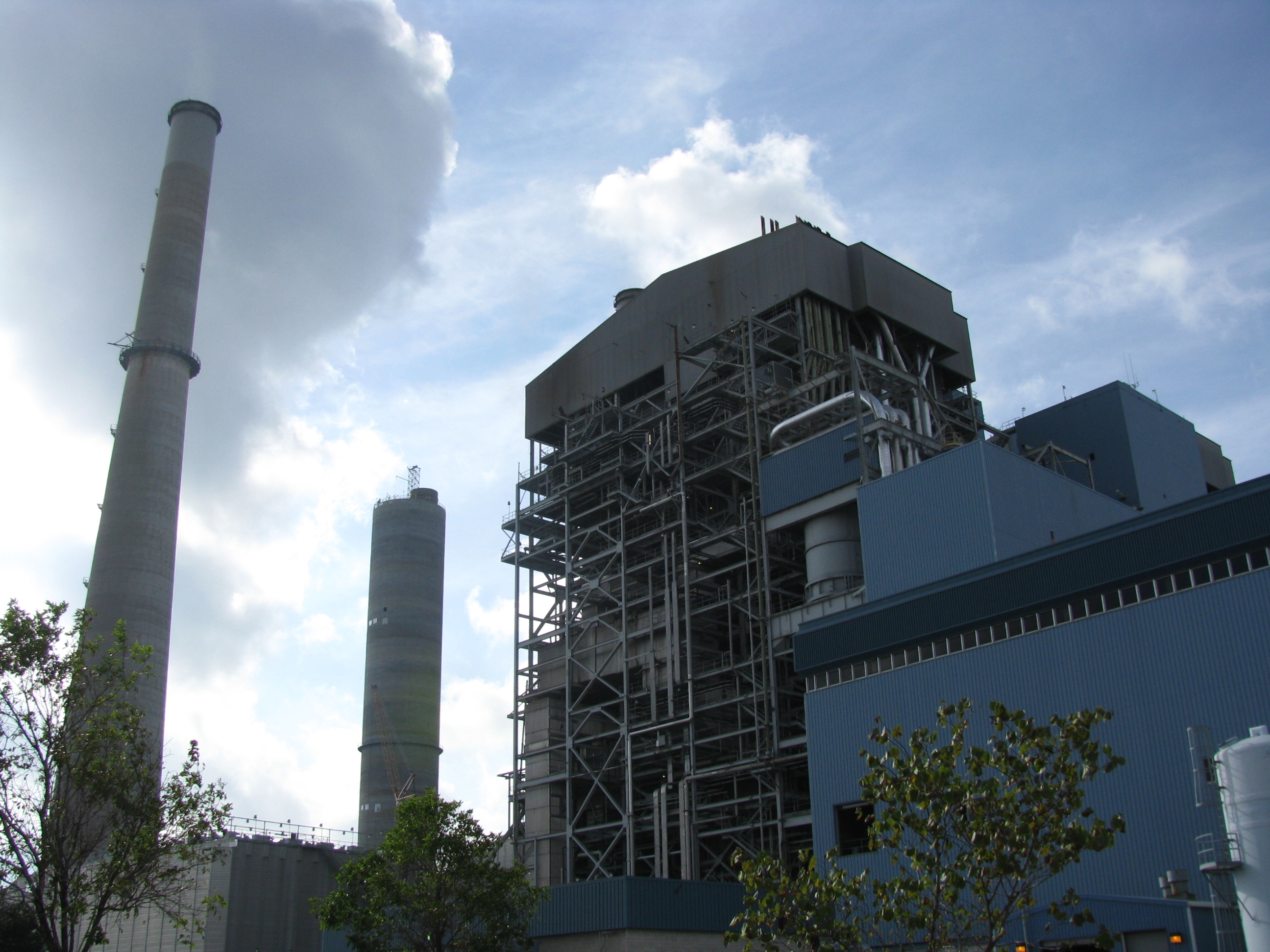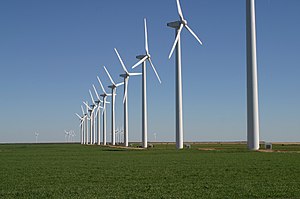According to the Lower Colorado River Authority (LCRA), at the end of summer 2011, Texas had suffered the driest 10 months since record keeping began in 1895. Rivers, like the Brazos, actually dried up.
And if that wasn’t enough, the dry weather came with brutal heat. So brutal, that seven cities recorded at least 80 days above 100°F (Austin logged 90 days and Wichita Falls had 100 days over 100°F, 12 of which were over 110°F). This left air conditioners around the state straining to keep up, shattering records for the state’s electricity demand, topping 68,000 megawatts in early August. This combination of dry weather and excessive heat, and high electric demand suddenly made state planners begin to take notice of the water-intensive nature of coal plants.
Most electricity power plants require large amounts of water. Coal-fired plants alone account for 67 percent of freshwater withdrawals by the power sector and for 65 percent of the water completely consumed by it. Newer plants include air-cooling or “dry cooling” technologies, but so many plants rely on water-cooling that they accounted for 41 percent of the withdrawals of freshwater in the United States in 2005, according to the United States Geological Survey.
In Texas this summer, one plant had to curtail nighttime operations because the drought had reduced the amount of water available and that which was available was too hot to bring down the temperature of water discharged from the plant. In East Texas, other plant owners had to bring in water from other rivers so they could continue to operate and meet demand for electricity.
Proposed plants were also facing scrutiny around their water use. The White Stallion coal plant, near Bay City south of Houston, was opposed by a wide variety of Colorado River water users and the LCRA ended up pulling the proposed plant’s 25,000 acre-feet/year water permit from its agenda indefinitely. Citizens of Sweetwater in west Texas were outraged upon hearing that the city was secretly negotiating sale of water rights for a so-called clean coal project.
If the drought persists into the following year (and the State Climatologist has predicted that it is likely much of the state will still be in severe drought through next August with even worse water shortages), the Electric Reliability Council of Texas (ERCOT – the operators of the electricity grid) has warned that power cuts on the scale of thousands of megawatts are possible.
Texas Water Development Board warns that the state’s water shortage is structural. A structural water shortage is a permanent water shortage that can only be addressed through a structural change such as a reduction in agriculture, population or firm water users (such as traditional power plants) or, increasing water supplies by creating lakes (like we did after the 1950s multi-year drought), setting up desalination plants on the coast or piping water in from another state. All of these options are dramatic and expensive.
As of this writing, the state needs 18 million acre-feet of water, and it has 17 million acre-feet available to it. By 2060, the state is expected to need 22 million acre-feet but only have 15.3 million acre-feet available to it. Because some dry areas simply can’t have water piped, the total shortfall is projected to be 8.3 million acre-feet. Roughly, Texans will have 2 gallons of water available for every 3 gallons they need.
Adding new coal plants or other intense water use generators to this mix is not part of a sane water policy for a state facing a structural water shortage. Even ERCOT is taking a closer look at coastal wind generation and solar to provide power during peak energy periods (You know, that time of the day – from 3 to 6 or 7 pm – when the temperatures are the hottest and the air conditioners strain to keep us cool). This current weather pattern may be the push the state needs to move toward a new energy future for the state.








